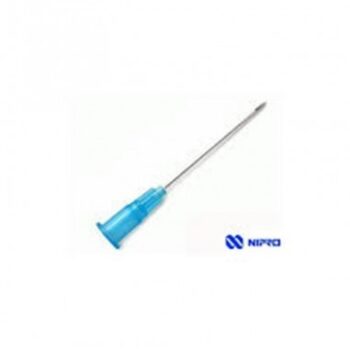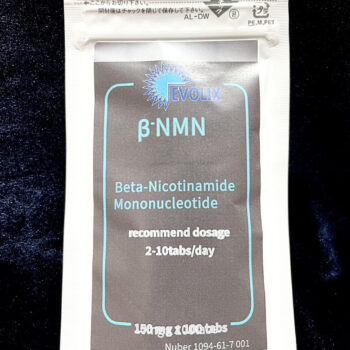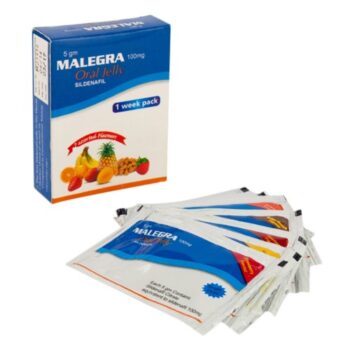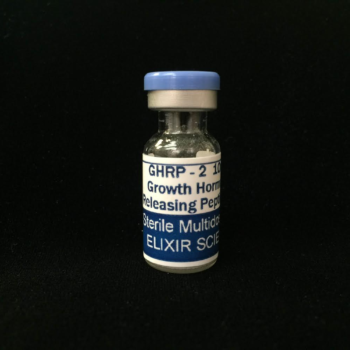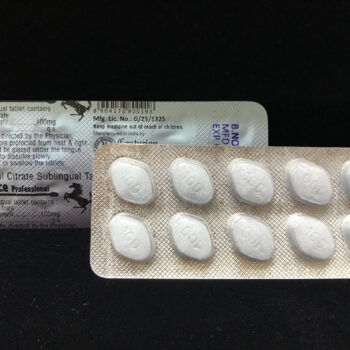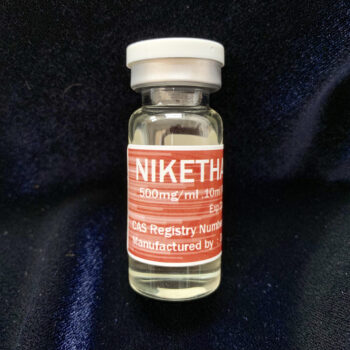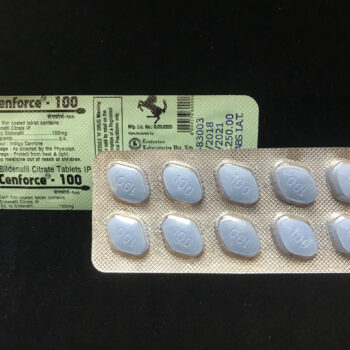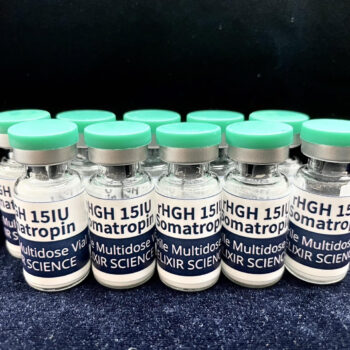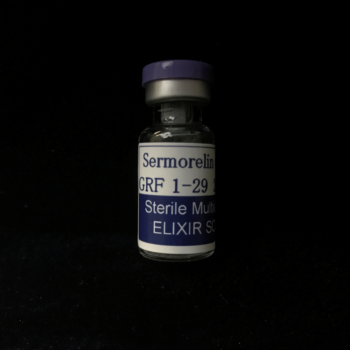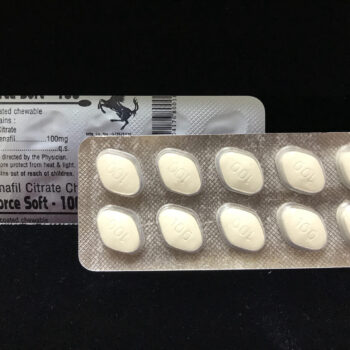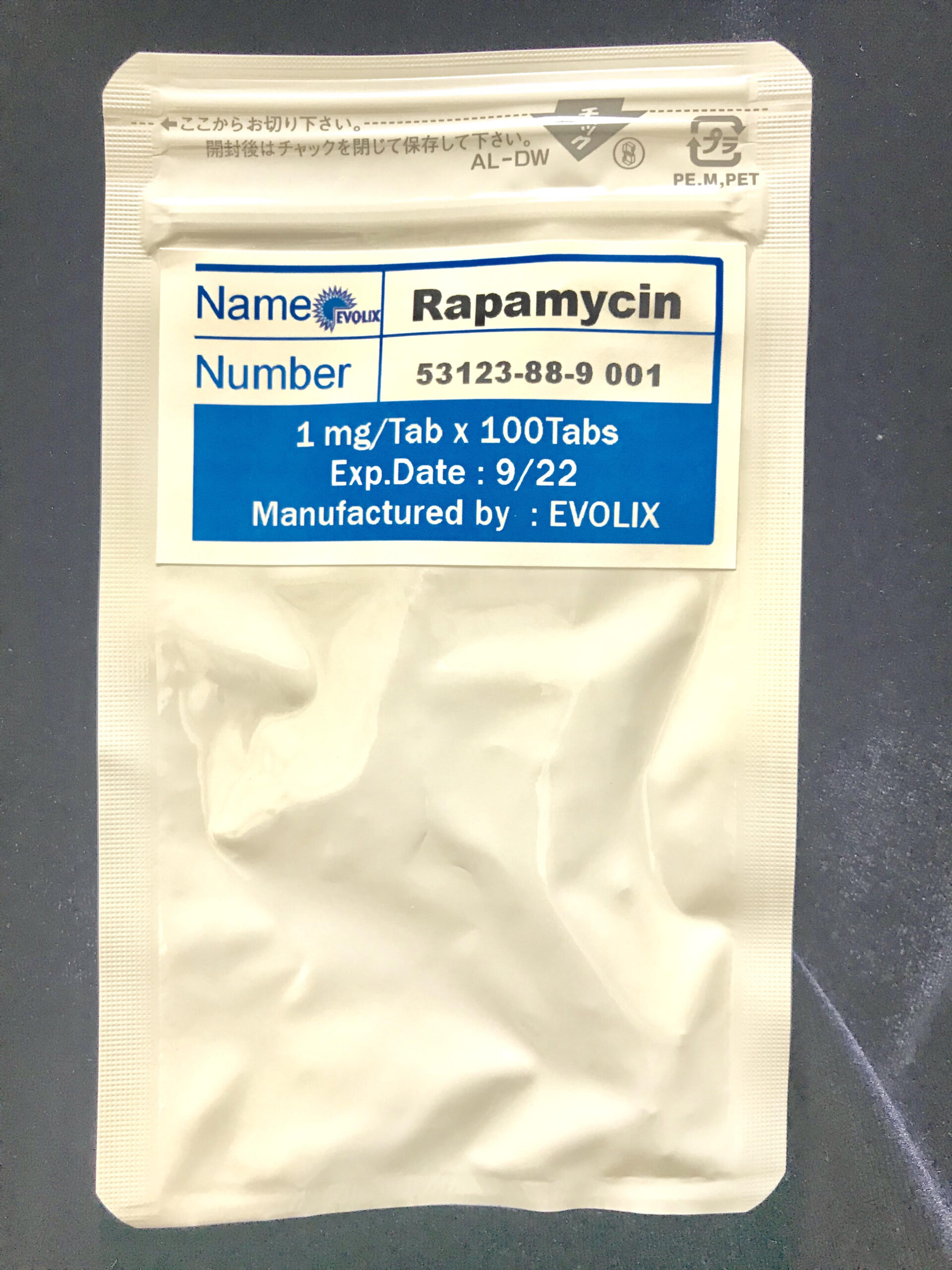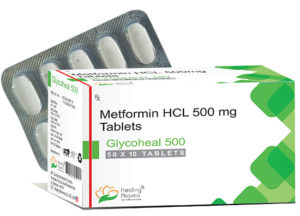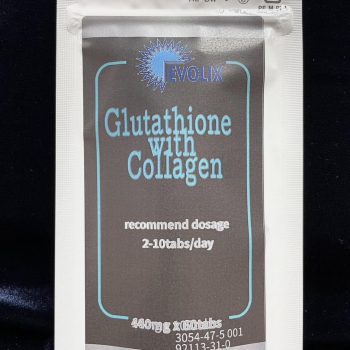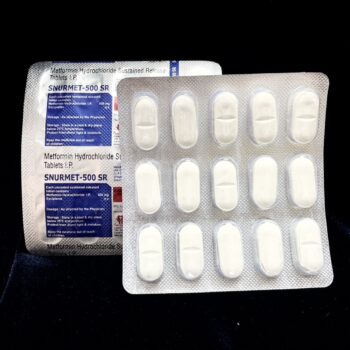Rapamycin(Sirolimus) 1mg x 100tabs
Abstract
Inhibitors of mTOR, including clinically available rapalogs such as rapamycin (Sirolimus) and Everolimus, are gerosuppressants, which suppress cellular senescence. Rapamycin slows aging and extends life span in a variety of species from worm to mammals. Rapalogs can prevent age-related diseases, including cancer, atherosclerosis, obesity, neurodegeneration and retinopathy and potentially rejuvenate stem cells, immunity and metabolism. Here, I further suggest how rapamycin can be combined with metformin, inhibitors of angiotensin II signaling (Losartan, Lisinopril), statins (simvastatin, atorvastatin), propranolol, aspirin and a PDE5 inhibitor. Rational combinations of these drugs with physical exercise and an anti-aging diet (Koschei formula) can maximize their anti-aging effects and decrease side effects.
At first, the discovery of anti-aging properties of rapamycin was met with skepticism because it challenged the dogma that aging is a decline driven by molecular damage caused by free radicals. By now, rapamycin has been proven to be an anti-aging drug. In contrast, anti-oxidants failed in clinical trials [1–9] and the dogma was shattered. In the last decade, anti-aging effects of rapamycin have been confirmed. Anti-aging doses and schedules can be extrapolated from animal studies. Well-tolerated doses with minimal side effects can be deducted based on clinical use of rapalogs. So optimal anti-aging doses/schedules can be suggested. Given that rapamycin consistently extends maximal lifespan in mice, rapamycin will likely allow mankind to beat the current record of human longevity, which is 122 years.
MTOR: from growth to aging
It was theoretically predicted that stimulation of mitogenic/growth pathways in arrested or quiescent cells must lead to senescence. This conversion from quiescence to senescence is called geroconversion. Cellular senescence is a futile growth, a continuation of cellular growth when actual growth is restricted. Growth-stimulation of arrested cells causes their hypertrophy and hyperfunctions (for example, hyper-secretory phenotype or SASP in senescent fibroblasts).
This can be applied to organismal aging. When developmental growth is completed, then mTOR (mammalian Target of Rapamycin) and some other signaling pathways) drives organismal aging. These pathways stimulate cellular functions, leading to hyperfunctions (for example, hypertension). Secondary, hyperfunctions can lead to loss of functions. Hyperfunction theory links growth, aging and age-related diseases. Suppression of aging prevents or delays age-related diseases.
Age-related diseases are manifestations of advanced aging
Age-related pathologies and conditions include atherosclerosis, hypertension, osteoporosis, obesity, insulin-resistance and type II diabetes, cancer, macular degeneration, Parkinson and Alzheimer’s diseases as well as menopause in women, and many changes in the appearance that are not called diseases (baldness, for example) and presbyopia (a condition that resembles nearsightedness). Stroke, myocardial infarction, heart fibrillation, broken hip, renal and other organs failure are consequences of age-related pathology.
In brief, age-related diseases are both manifestations of advanced aging and causes of death. Aging is the sum of age-related diseases, syndromes and symptoms ranging from wrinkles and presbyopia to stroke and cancer metastasis. Of course, age-related diseases can occur in young patients with either genetic predisposition or due to environmental hazards. However, each of these diseases will develop in the aging organism, even without any predispositions and hazards, if the organism would live long enough. Since aging is not programmed, these diseases develop at different speeds. For example, menopause (in women) and presbyopia develop fast and strike all aging humans. Whereas, Alzheimer disease develops slowly and an elderly person can die from cancer or stroke before Alzheimer disease takes place.
In brief, animals die from age-related diseases, which are manifestations of advanced aging. If a drug delays ALL age-related diseases, it is a classic anti-aging drug because it will extend life span by delaying causes of death. Dosage
Dosage
For adults, 2 mg / day is taken orally once a day. It should be increased or decreased according to the patient’s condition but not exceeding 4 mg a day! !
For ingestion for anti-aging purposes, we recommend taking 1 mg / day as a rough standard

